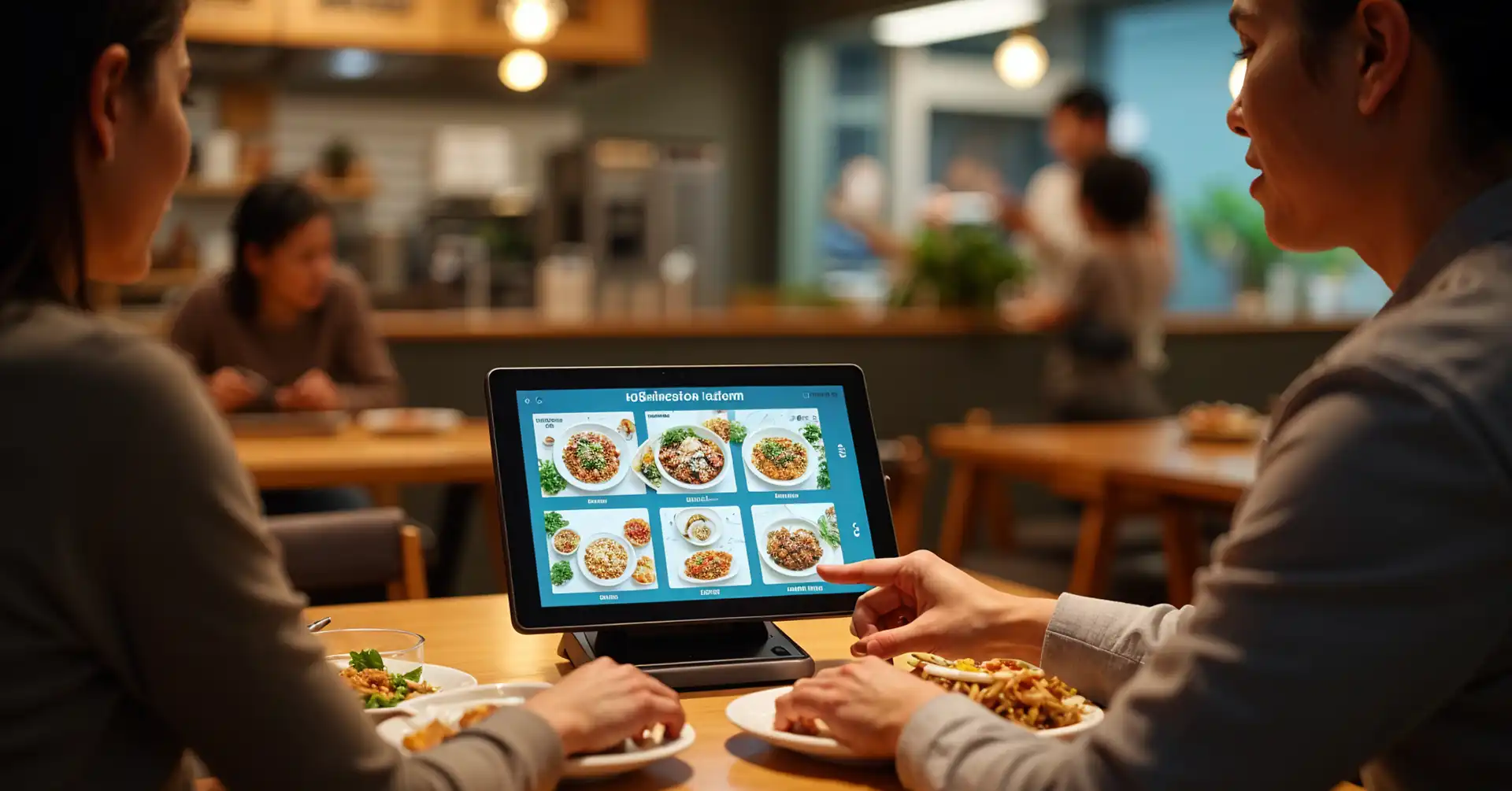Introduction
In recent years, Thailand has witnessed a significant transformation in its dining landscape, largely driven by the adoption of self-ordering systems. These systems, which allow customers to place orders independently via kiosks, mobile apps, or QR codes, have become increasingly prevalent in various establishments, from fast-food chains to local cafes.
The shift towards self-ordering is not merely a trend but a response to evolving consumer expectations and operational challenges. Factors such as the need for enhanced efficiency, reduced labor costs, and improved customer satisfaction have propelled this technological advancement.
This article delves into the mechanics of self-ordering systems in Thailand, exploring their benefits, challenges, and future prospects, while emphasizing the importance of customer-centric design and seamless integration into existing business models.
Also Read : Nai Taiyari.com – Apps, How-To Guides & Tech Updates
1. Understanding Self-Ordering Systems
Self-ordering systems encompass a range of technologies that enable customers to place and pay for their orders without direct interaction with staff. These include:
-
Kiosks: Interactive touchscreens installed within restaurants, allowing customers to browse menus, customize orders, and make payments.
-
Mobile Applications: Proprietary or third-party apps that facilitate ordering and payment from smartphones.
-
QR Code Ordering: Scanning a QR code at the table to access the menu and place orders directly from a mobile browser.
Also Read : Understanding the Digital Presence of KerryFinlay87
These systems are designed to streamline the ordering process, reduce wait times, and enhance the overall dining experience.
2. Benefits of Self-Ordering Systems
-
Enhanced Efficiency: By automating the ordering process, establishments can serve more customers in less time, leading to increased throughput and reduced wait times.
-
Cost Savings: With fewer staff required to take orders and process payments, labor costs can be significantly reduced.
-
Improved Accuracy: Direct input by customers minimizes the risk of order errors, ensuring that customers receive exactly what they request.
-
Personalized Experience: Advanced systems can offer personalized recommendations based on previous orders, dietary preferences, or popular choices.
-
Data Collection: Self-ordering systems can gather valuable data on customer preferences and behavior, aiding in inventory management and targeted marketing strategies.
These advantages contribute to a more efficient and satisfying dining experience for both customers and businesses.
3. Challenges in Implementation
Despite their benefits, the adoption of self-ordering systems in Thailand faces several challenges:
-
Technological Barriers: Some customers may be unfamiliar with the technology, leading to resistance or misuse.
-
Initial Investment: The cost of purchasing and installing self-ordering hardware and software can be substantial, particularly for small and medium-sized enterprises.
-
Maintenance and Support: Regular maintenance and technical support are essential to ensure the smooth operation of these systems, requiring ongoing investment.
-
Integration with Existing Systems: Seamlessly integrating self-ordering systems with current point-of-sale and kitchen management systems can be complex and time-consuming.
Addressing these challenges requires careful planning, training, and support to ensure successful implementation.
4. Future Trends in Self-Ordering Systems
The future of self-ordering systems in Thailand is poised for further innovation:
-
AI Integration: Artificial intelligence can enhance personalization by analyzing customer data to offer tailored recommendations and promotions.
-
Voice Ordering: Voice-activated systems can provide a hands-free ordering experience, catering to customers seeking convenience and accessibility.
-
Contactless Payments: Integration with digital wallets and contactless payment methods will streamline transactions and reduce physical contact.
-
Robotics and Automation: The use of robots for food delivery within establishments and automated kitchens can further enhance efficiency and reduce human error.
These advancements aim to create a more seamless, efficient, and personalized dining experience for customers.
5. Case Studies from Thailand
-
McDonald’s Thailand: Implemented self-ordering kiosks across numerous outlets, resulting in faster service times and improved order accuracy.
-
KFC Thailand: Introduced a fully automated restaurant where all orders are placed through digital kiosks, significantly reducing wait times and enhancing customer satisfaction.
-
Local Cafes: Smaller establishments have adopted QR code ordering systems, allowing customers to place orders directly from their smartphones, reducing the need for additional staff.
These examples demonstrate the versatility and effectiveness of self-ordering systems across different types of establishments in Thailand.
Read More: Nai Taiyari.com – Apps, How-To Guides & Tech Updates
Conclusion
Self-ordering systems have emerged as a transformative force in Thailand’s dining industry, offering numerous benefits such as enhanced efficiency, cost savings, and improved customer satisfaction. While challenges exist in terms of technology adoption and integration, the potential advantages make these systems a worthwhile investment for many establishments.
Looking ahead, the continued evolution of self-ordering technology, driven by advancements in AI, voice recognition, and automation, promises to further enrich the dining experience. Businesses that embrace these innovations and adapt to changing consumer expectations will be well-positioned to thrive in an increasingly competitive market.
FAQs
-
What is a self-ordering system?
-
A self-ordering system allows customers to place and pay for their orders independently, typically through kiosks, mobile apps, or QR codes.
-
-
Where can I use self-ordering systems in Thailand?
-
Self-ordering systems are commonly found in fast-food chains, shopping mall food courts, convenience stores, and independent cafes throughout Thailand.
-
-
Do I need to download an app to use a self-ordering system?
-
Not necessarily. Many systems operate via QR codes that customers can scan with their smartphones, eliminating the need for additional app downloads.
-
-
Are self-ordering systems secure?
-
Yes, reputable systems employ robust security measures, including encrypted payment gateways, to protect customer data and transactions.
-
-
Can self-ordering systems accommodate dietary preferences?
-
Advanced systems can offer personalized recommendations based on customer preferences and dietary restrictions, enhancing the overall dining experience.
-










